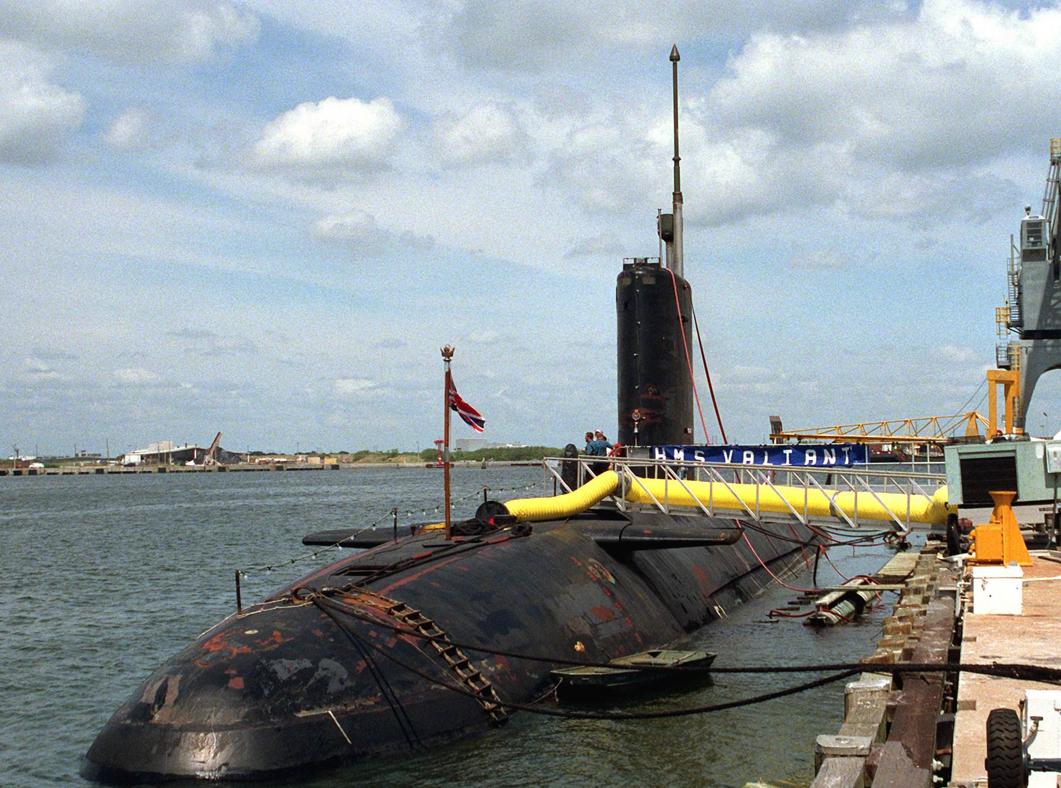In August 1982, a Soviet intelligence ship was sailing in the Barents Sea, when suddenly there was an untraceable shake in the hull, and some soldiers wanted to check it out, but they inexplicably stopped.
It wasn't until after the collapse of the Soviet Union that this seemingly trivial matter came to light.
It turned out that it was the Americans who asked the British to send nuclear submarines to cut a three-kilometer-long towing array sonar back.
During the Cold War, the United States and the Soviet Union often ran to each other's doorsteps to spy on intelligence.
The tools used are reconnaissance planes flying in the sky and submarines running in the sea.
As a result, there are American planes that have been knocked down in the Soviet Union, and there are also strange things like Soviet planes that crashed into Belgium after the pilots ejected from the warehouse due to malfunctions, pilots ejected from the warehouse, and the unmanned aircraft traveled around the five NATO countries.
Submarines on both sides are in a more frequent situation, and there are cases of nuclear bombs falling into the deep sea.
By the 1980s, Americans had heard that the Soviets had developed a towed array sonar.
It is the intelligence ship converted from a trawler that drags a string of passive sonar cruises in its own territorial waters, defending against various submarines of NATO, especially the United States.
To take a less appropriate example, this is equivalent to the Soviets pulling a circle of barbed wire in front of their homes, and the barbed wire is full of bells, and if you dare to come, you will be discovered.
This American was decisively intolerable. I just want to do something back to study.
After all, the Cuban Missile Crisis of 20 years ago is still fresh in the picture.
Find whom, look for the British.
The British agreed.
It is estimated that the Battle for the Falklands has just been won, and it is the time when self-confidence is bursting.
Another is that when the British traveled thousands of miles to the argentine gate to grab the Falklands, the Soviets sent various intelligence ships to follow the whole process and touched the bottom of the British Navy.
The British have long been dissatisfied with this matter.
Look at the Americans, how many buddies, share satellite intelligence and communication channels. Didn't say, did it!
So the conqueror, which had set the record for sinking a ship on the surface by a nuclear submarine three months earlier, took over the mission.
The Conqueror nuclear submarine does indeed have this proud qualification.
After they sank the Argentine's flagship, The Admiral Belgrano, the Argentine Navy all retreated to its home port. Don't dare to show your head!
Still, when the Americans loaded a special steel tongs onto the bow of the Conqueror nuclear submarine, the crew was a little surprised.
The operation, code-named "Bartender", is really fresh and exciting.
Submarine officers and men used cameras mounted on steel tongs to observe the steel cables dragging the array sonar in the cabin, and then manipulated the steel tongs to cut the steel cables.
In order to obtain sonar information as completely as possible. The Americans intended for the British to cut off the steel cables that towed the array sonar.
In this way, the submarine had to dodge sonar detection at the same time, sneak under the Soviet intelligence ship, and not let the incision be too neat, so that the Soviets had to accidentally break something that looked like a steel cable hitting the seabed afterwards.
The British once let the submarine Churchill, which was of the same class as the Conqueror, directly hit the steel cable, and the result can be imagined, not only the submarine shell was damaged, but also served by the Soviet depth charge bomb.
So, in the end, the British implemented the bartender plan.
Barents Sea, part of the Arctic Ocean. Cold, low visibility. It took a lot of effort for the Conqueror to bite off the steel cable, and then ran out like a weasel that stole chickens before daring to drag the three-kilometer-long sonar onto the submarine.
Back at the military port, without a moment's delay, the sonar was transported back to China by the US military plane for study.
Curiously, the incision made by the Conqueror may have been quite real, and the Soviets really did not find out that the sonar had been taken by the British.
But the result can make Americans feel both relieved and angry.
Because, according to their research, the effectiveness of this sonar is not as good as the Soviets advertised.
However, perhaps a lesson was learned from this incident, but after the Towed Array sonar of the Americans, it was dragged by the submarine to the bottom of the sea. #US##USSR##Ships##海洋 #
